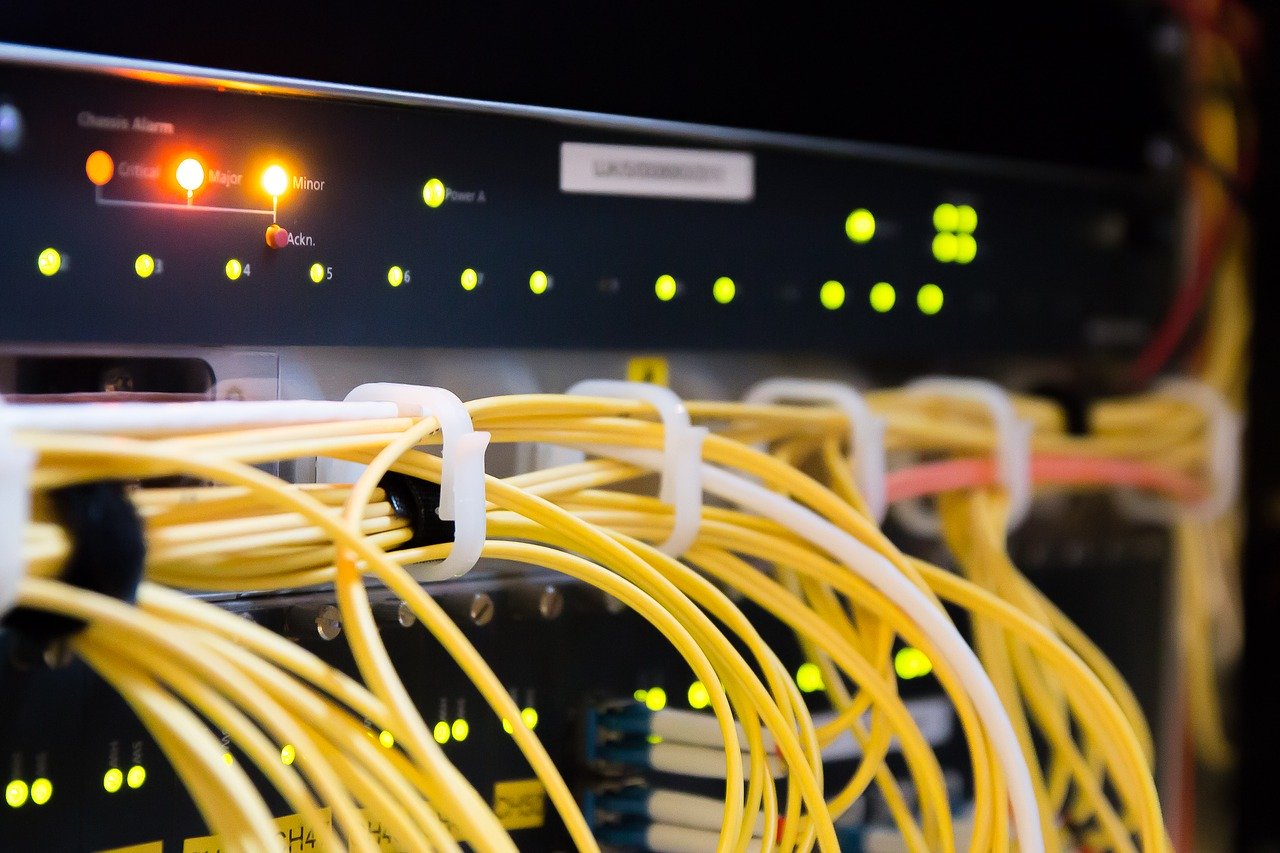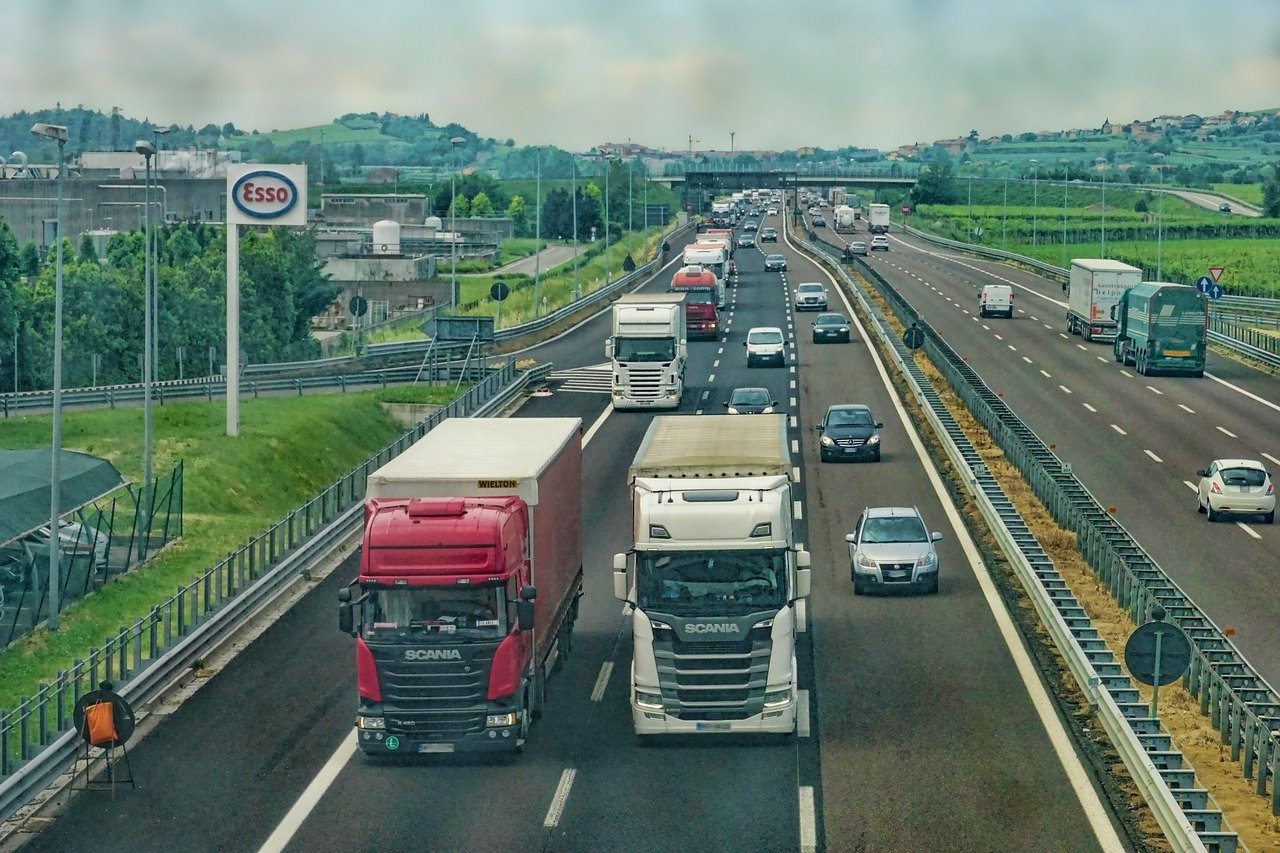Network monitoring is a simple concept in isolation, but it has complex connotations in a variety of contexts.
If you are unfamiliar with the ins and outs of networking monitoring, this quick overview will give you all the key information and help you to understand why it is so important today.
The basics
In the simplest terms, network monitoring is the process by which various aspects of the hardware and software that make up a network are persistently, proactively scrutinised to ensure that they are operating as expected.
Monitoring can be applied to a wide variety of devices and solutions, including everything from individual routers and switches right up to entire data centre server infrastructures.
In addition to looking out for hardware problems, network monitoring is also central to ensuring that security is not compromised, as well as ensuring that when breaches do occur, administrators can be alerted and prompted to respond as quickly as possible.
The tools
Those responsible for the smooth running of networks can call upon a number of solutions to assist them in their network monitoring responsibilities.
From studying access request and wait stats to keeping tabs on I/O performance and assessing the way that bandwidth is being consumed, there are tons of software tools that are essential to the armoury of any networking specialist worth their salt.
This is a significant marketplace which is enjoying rapid growth, so it is no surprise to find that there is plenty of competition as well. Some components of a server will have their own baked-in monitoring tools, although in many cases administrators may choose to adopt a unified system to make managing all aspects more straightforward, rather than having to deal with a fragmented software setup.
The considerations
There are various aspects of network monitoring which can be adjusted and altered according to the needs of the organisation in question as well as the scope and scale of the infrastructure being scrutinised.
One of the most important areas to evaluate is the intervals that intersperse monitoring activities. A balance needs to be struck, since failing to check the status of critical components regularly will raise the risk of costly outages, while assessing too regularly will cause disruption to network performance.
Another factor that affects network monitoring is that it needs to be performed proactively, rather than being seen as a purely responsive discipline. Well-honed monitoring solutions can detect problems early and allow for them to be fixed before they grow and do more damage further down the line.
The benefits
The first advantage that network monitoring brings to the table is faster, more reliable performance from a mission-critical IT infrastructure. Apps will run more smoothly, data loss will be less likely to occur and end users will be far more satisfied with their experience as a result.
This also means that network monitoring can be seen as a cost-saving practice, since while there are expenses associated with keeping tabs on performance, the price of recovering from downtime will be far greater.
As mentioned earlier, security is another asset that network monitoring brings to the table. Cybercrime is a growing, ever-evolving threat that all businesses must face up to and once again it is more costly to recover from a successful breach than it is to take pre-emptive measures and prevent one happening in the first place.
IT networks may be becoming more complex and diffuse in the age of cloud computing, but thankfully the tools available to monitor and manage them are improving all the time as well, so this process will remain both relevant and achievable going forward.







